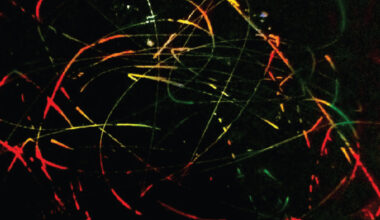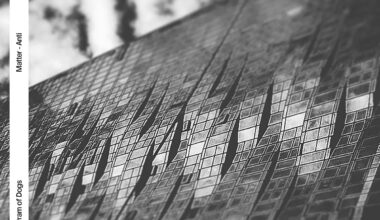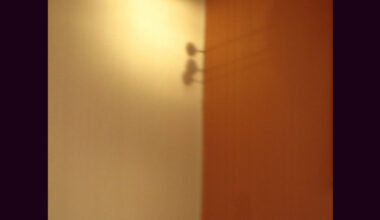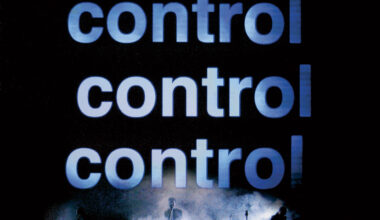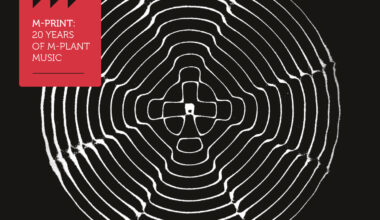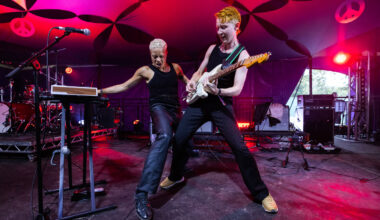With a title like ‘Esperanto’, you’d have expected Ryuichi Sakamoto’s 1985 studio album to have been a universal…
Want to read more?
Sign up to Electronic Sound Premium to gain access to every post, video, special offers, and more. 100%, all you can eat, no commitment, cancel any time.
Already a premium member? Log in here
